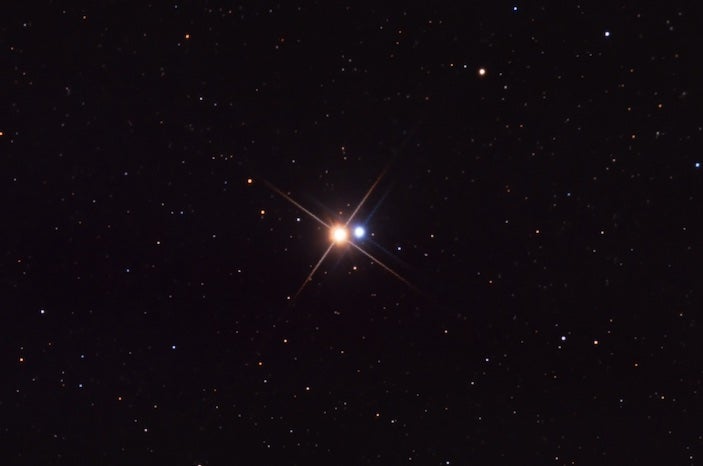
Albireo (Beta (β) Cygni) is a classic example of a double star with contrasting colours. Credit: Massimo Di Fusco
When we think of the color of the night sky, we often think of beautiful images of galaxies and nebulas. Sadly, most of the time, their faint, diffuse light shows no color at all to our human eyes. Stars, on the other hand, have a more concentrated light and there we can see color, even with the naked eye!
So why do stars appear to have color, and in a variety of shades? The short answer is that the temperature of a hot object determines the shape and position of the emitted spectrum. In general, cooler objects peak at redder wavelengths, and hotter objects peak at bluer wavelengths. Think of the flame on a propane stove, which is blue toward the hotter bottom and orange toward the cooler top. The Sun, with a surface temperature of 5,700 kelvin (9,800 degrees Fahrenheit (5,400 degrees Celsius)), peaks in the green part of the visible spectrum, but appears white because the intensity of red and blue light is nearly as high as green. The red supergiant Betelgeuse, with a surface temperature of 3,700 kelvin (6,200 F (3,400 C)), peaks in the red part and appears orange to our eyes.
In the case of stars, there is a relationship between color, temperature, size, and chemical composition. You may have heard that the Sun is a G2V-type star, or that the members of the Pleiades (M45) are hot B-type stars. Both are examples of spectral types. There are six traditional designations for stars: O, B, A, F, G, K, and M.
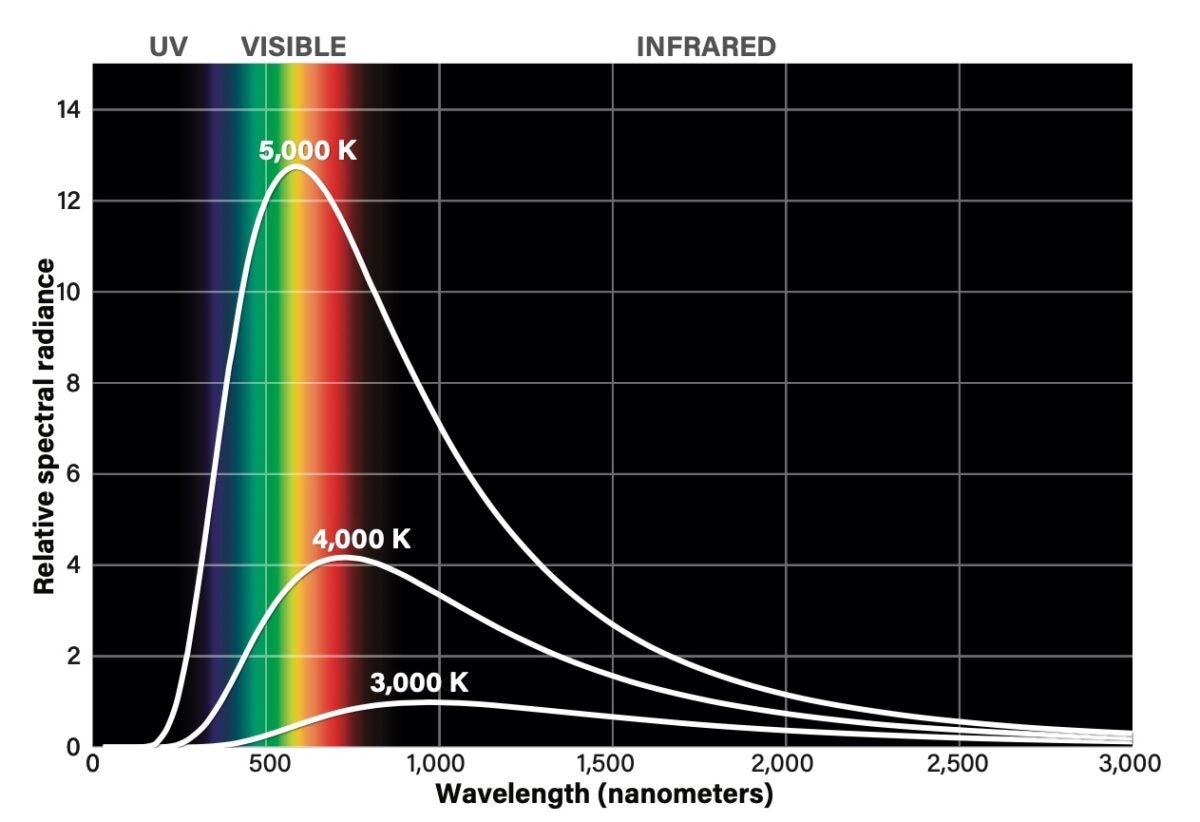
O-type stars, which are the hottest and bluest, are also extremely luminous; some of the most massive stars are O-types. At the other extreme, M-type stars are by far the most common, accounting for 76 percent of the main sequence stars in our neighborhood. Most M-type stars are red dwarfs, but there are a few notable exceptions. One of these is the extreme star VY Canis Majoris, a red hypergiant that is one of the largest and most luminous stars known in the entire Milky Way.
Each spectral type is divided into 10 subdivisions, which are indicated by the addition of a number. Within each letter class, 0 is the warmest and 9 is the coolest.
A Roman numeral may also be added to indicate the star's luminosity class: I for supergiants, II for bright giants, III for regular giants, IV for subgiants, V for main sequence stars, VI (or sd) for subdwarfs, and VII (or D) for white dwarfs. This distinguishes a red giant from a red dwarf with the same effective temperature.
You can see the colors of stars in action by observing the double star Albireo (Beta (β) Cygni), located in the head of Cygnus the Cygnus. A small telescope or mounted 10×50 binoculars can resolve the pair, with one bright orange (Beta Cygni A) and one bright blue (Beta Cygni B). Star A is itself a double star, although it is not resolvable with amateur instruments. Beta Cygni Aa is a K-type star, with a surface temperature of 4,400 K and a mass of 5.2 solar masses. Beta Cygni B is a B-type star with a temperature of 13,200 K and 3.7 solar masses. You can see Albireo most of the night this month.
Another beautiful pair of stars with color contrasts is the double star Eta (η) Cassiopeiae, located between Navi and Shedar, the two lower points of Cassiopeia W. You’ll need a telescope for this, but a refractor will do—64x is enough for a good view. Eta Cas is a bit more challenging with its four-magnitude brightness difference between the two stars. Some people see the pair as yellow and red, while others see gold and purple. The brighter of the two is a G0V main sequence star, very similar to our Sun. Its partner is a K7V main sequence star. This binary, which lies just 19.4 light-years away, is also visible all night long this month.
How many different star colors have you seen? Go out and observe them tonight!








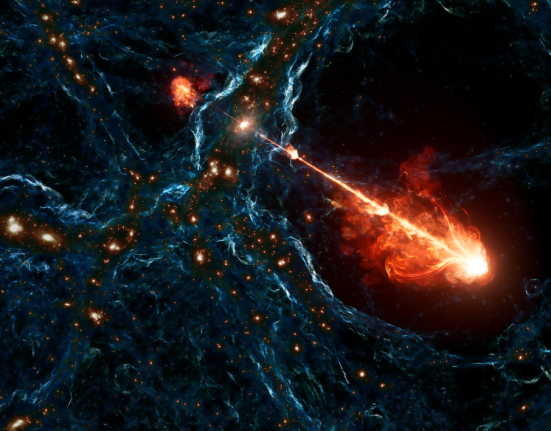
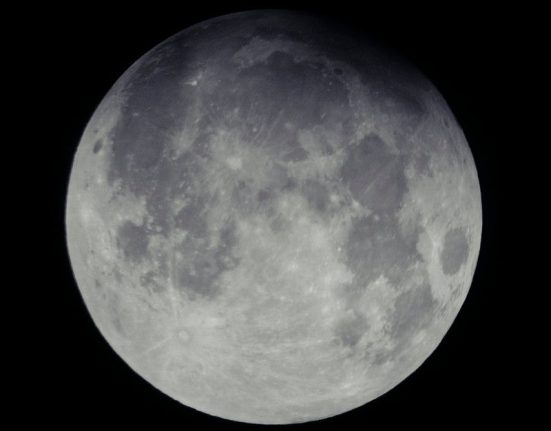
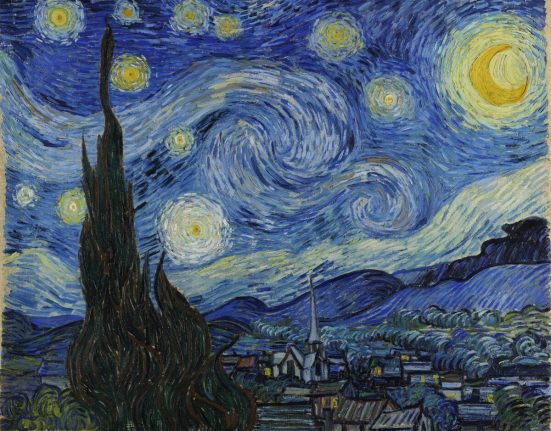
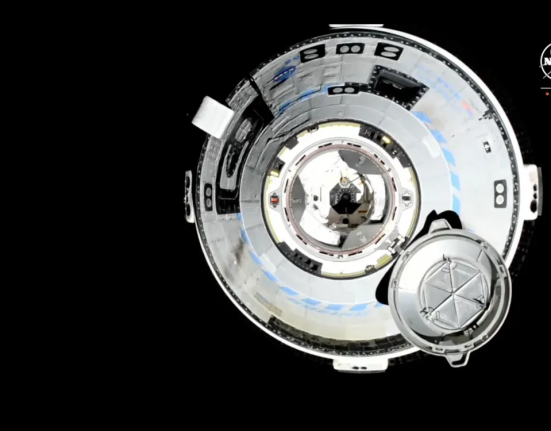
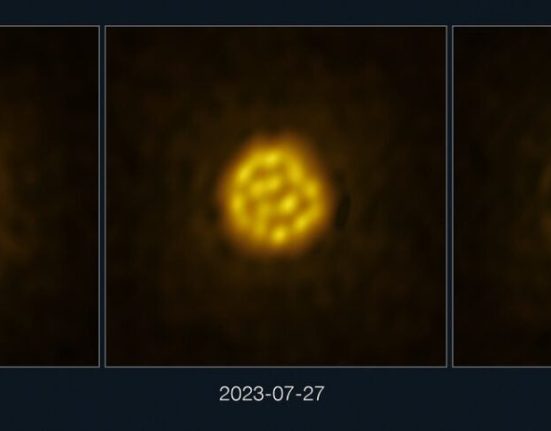
Leave feedback about this